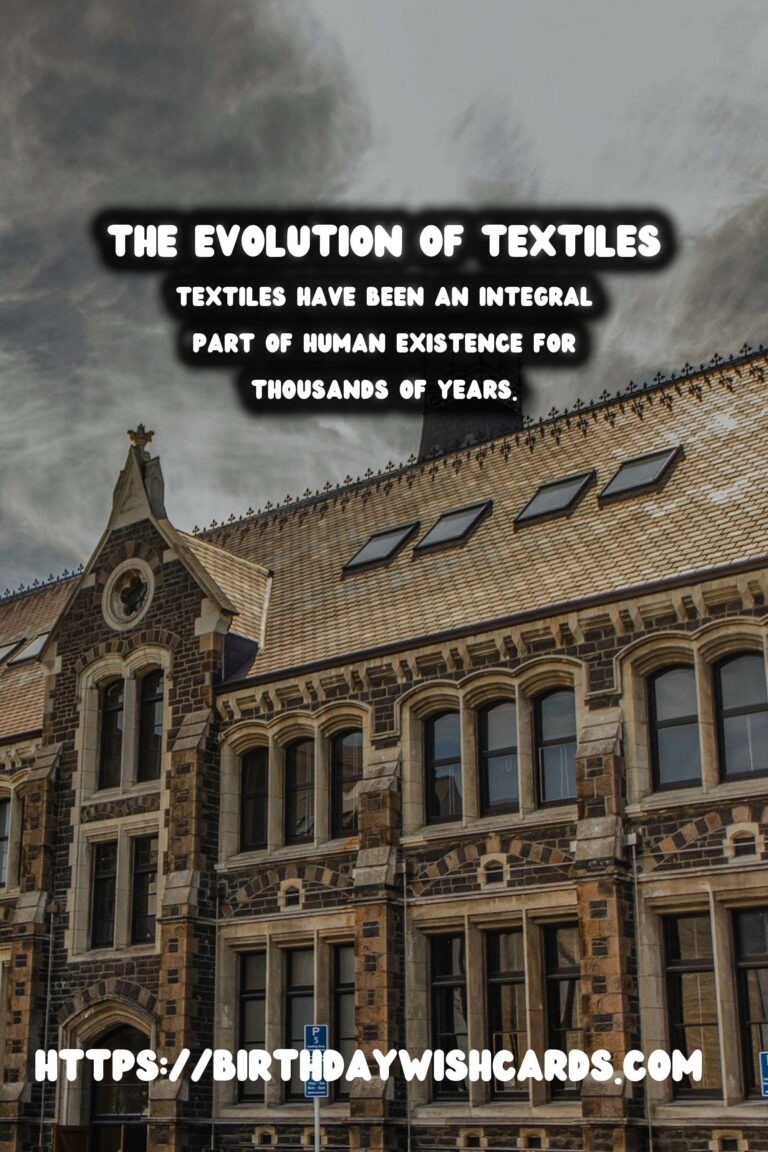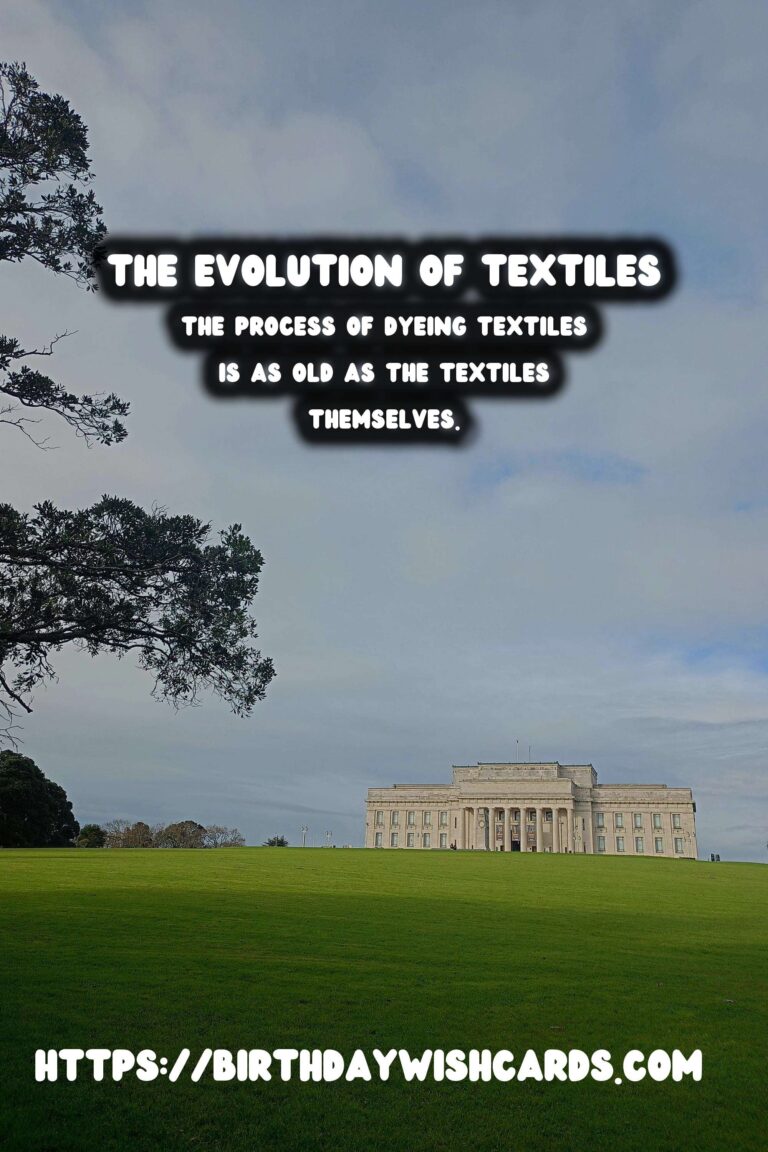
Textiles have been an integral part of human existence for thousands of years. This article explores the fascinating journey of textiles from their ancient origins to contemporary developments.
The Beginnings of Textile Production
The exact origins of textile production are lost to history, but archaeological findings suggest that humans began manipulating plant fibers as early as the Paleolithic era. Ancient civilizations like those in Egypt, China, and Mesopotamia developed early forms of weaving.
In Egypt, linen was a prominent textile, used extensively in garments and mummification processes. The Chinese, meanwhile, focused on silk, considered a luxury item and extensively traded along the Silk Road.
Ancient Dyeing Techniques
The process of dyeing textiles is as old as the textiles themselves. Natural dyes, made from plants, insects, and minerals, were used to imbue fabrics with color. For example, indigo, a deep blue dye, was extracted from plants and widely used.
The famous Tyrian purple, a dye costly and labor-intensive to produce, symbolized royalty and was made from the secretions of sea snails found in Tyre, today’s Lebanon.
Innovations in Weaving
The introduction of the loom was a significant advancement in textile production. Early looms were simple, manually-operated devices, but they allowed for more intricate patterns and faster production compared to hand-weaving.
China and the Middle East were pioneers in loom technology, ultimately contributing to the development of complex weaving methods that spread across the globe.
The Industrial Revolution and Textiles
The industrial revolution was a turning point in textile history. Machines took over the labor-intensive tasks of weaving and spinning, leading to a rapid increase in production capabilities and the emergence of the textile industry.
The invention of the spinning jenny, the power loom, and the cotton gin revolutionized the production processes, making textiles more accessible and affordable.
Modern Textiles and Sustainable Practices
Today’s textile industry is vast, employing a range of materials from natural fibers like cotton and wool to synthetics like polyester and nylon. Innovations continue with the development of smart fabrics and sustainable practices aimed at reducing environmental impact.
Eco-friendly textiles are on the rise, with a focus on organic materials, recycled fibers, and reducing water consumption during production.
The Future of Textiles
The future of textiles promises to be as innovative as its past. With the integration of technology, like wearable tech, and increasing environmental consciousness, textiles are set to evolve dramatically in the coming years.
The exploration of bio-fabrics and 3D-printed textiles offers a glimpse into what the future may hold for this continually evolving industry.
Textiles have been an integral part of human existence for thousands of years. The process of dyeing textiles is as old as the textiles themselves. 









#TextileHistory #AncientToModernFabrics




